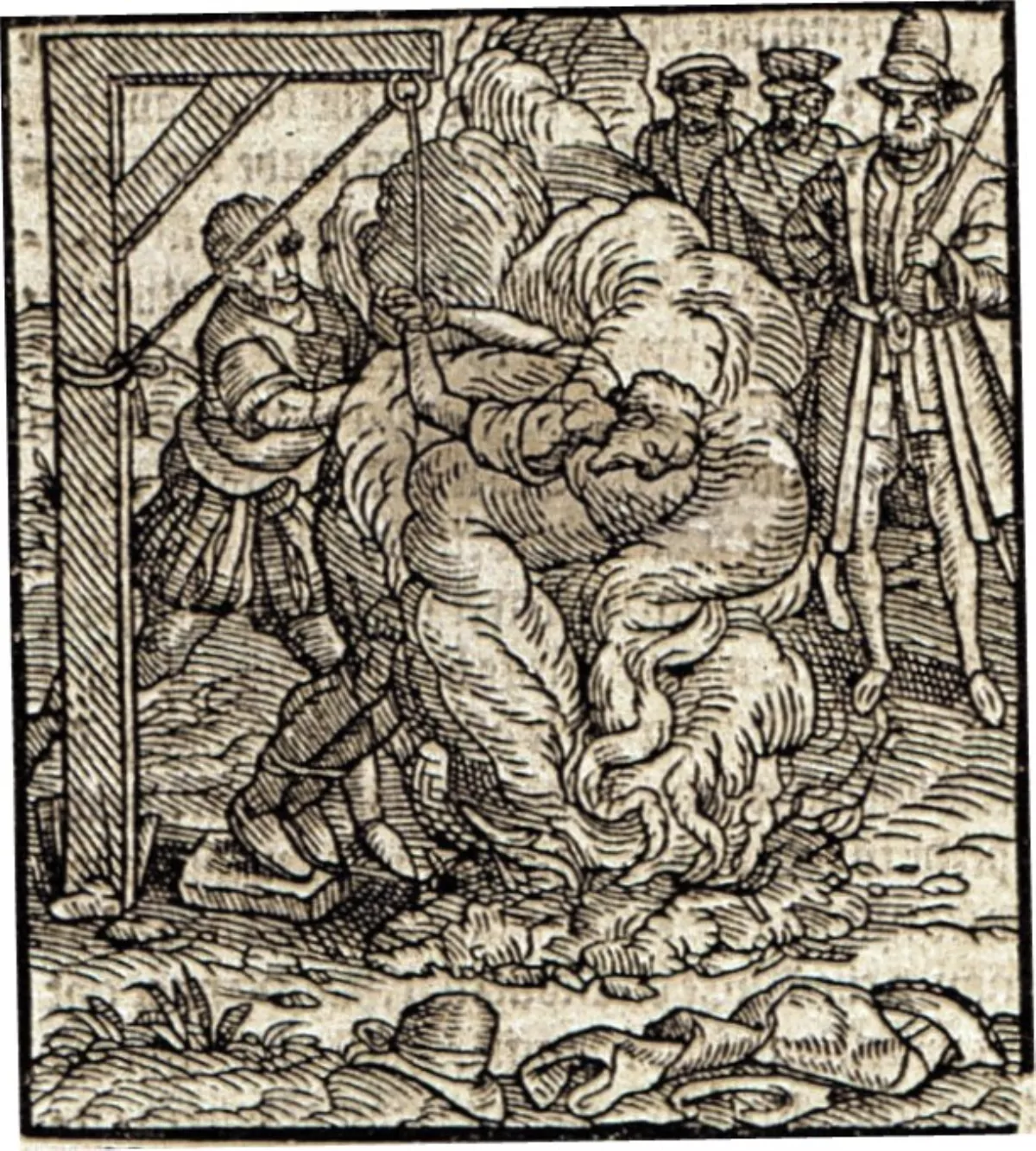 1.
1. Sir John Oldcastle was an English Lollard leader.

 1.
1. Sir John Oldcastle was an English Lollard leader.
John Oldcastle formed the basis for William Shakespeare's character John Falstaff, who was originally called John Oldcastle.
John Oldcastle's parents were Richard and Isabel Oldcastle of Almeley, Herefordshire.
John Oldcastle's grandfather, called John Oldcastle, was Herefordshire's MP during the latter part of the reign of King Richard II.
John Oldcastle is first mentioned in two separate documents in 1400, first as a plaintiff in a suit regarding the advowson of Almeley church, and again as serving as a knight under Lord Grey of Codnor in a military expedition to Scotland.
John Oldcastle was a member of the expedition which the young Henry sent to France in 1411 in a successful campaign to assist the Burgundians in the Armagnac-Burgundian Civil War.
Lollardy had many supporters in Herefordshire, and John Oldcastle himself had adopted Lollard doctrines before 1410, when the churches on his wife's estates in Kent were laid under interdict for unlicensed preaching.
John Oldcastle declared his readiness to submit to the king "all his fortune in this world" but was firm in his religious beliefs.
When John Oldcastle fled from Windsor Castle to his own castle at Cooling, Henry at last consented to a prosecution.
John Oldcastle said, similarly to the Iconoclasts of the Byzantine Empire and in contradiction of St John of Damascus, that the use of Christian art as an aid to prayer is, "the great sin of idolatry".
John Oldcastle now put himself at the head of a widespread Lollard conspiracy.
John Oldcastle escaped into deepest northwest Herefordshire, and for nearly four years avoided capture.
John Oldcastle is said to have been hiding with some Lollard friends at a glade on Pant-mawr farm in Broniarth, Wales, called Cobham's Garden.
John Oldcastle who was "sore wounded ere he would be taken", was brought to London in a horse-litter.
When Shakespeare adapted that play in Henry IV, Part 1, Oldcastle still appeared, but when the play was printed in 1598, the name was changed to Falstaff, due to the objections of one of Oldcastle's highly influential descendants, the Queen's official censor of stage plays Henry Brooke, 11th Baron Cobham.
John Oldcastle is the hero of Eliza Bland Smith Erskine Norton's Anti-Catholic play The Martyr, wherein he is renamed Lord Cobham and engaged to Matilda Vernon, rather than married to Joan Oldcastle.
The record of John Oldcastle's trial is printed in Fasciculi Zizaniorum and in David Wilkins's Concilia, iii.